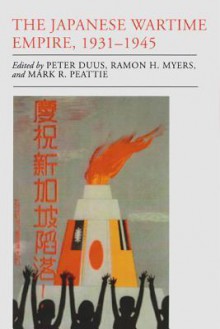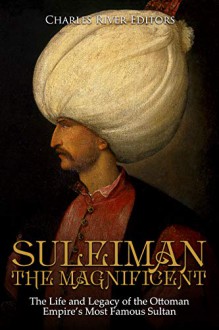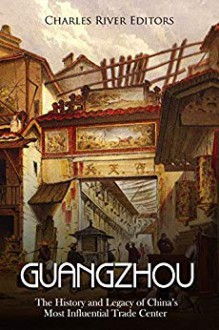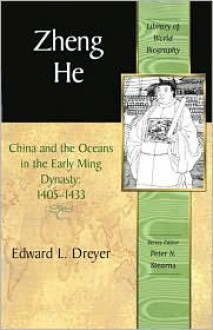
In September 1931, Japan began a series of conquests that ended fourteen years later with a surrender signed in Tokyo Bay and the dismantling of their empire. Yet despite the scale of Japan's dominion and its role in reshaping East Asia and the western Pacific there has been relatively little written about this empire. One of the few books available that gives readers a sense of the origins of the empire, its operations, and its legacy is this collection of essays. The product of a 1991 academic conference, the thirteen chapters that comprise the text offer readers an incomplete yet useful mosaic of its subject, one that is all the more worth reading because of the paucity of other works on the topic.
The essays in the book are divided into four groups, each of which examines different aspects of the empire. The first of these concentrates on the role Japan's prewar colonies in Korea and Taiwan played in their newly expanded empire, showing the ongoing Japanese efforts to assimilate their territories into a Japan-dominated East Asia. Here the two authors, Carter Eckert and Wan-yao Chou, emphasize the efforts of the Japanese to incorporate these territories into their economic network, even to the point of encouraging industrialization. Yet development increased the demand for raw materials at a time when the Depression-driven trends were causing trade to break down. This fueled the drive for further territories, which is the focus of the book's second and third sections. In these two parts, which together comprise the heart of the book, focus on the two stages of Japan's imperial expansion during this period: first the conquest of Manchuria, and then the Western imperial possessions in southeast Asia. Here readers learn of the growing domestic enthusiasm for empire, the effort to expand Japan's economic dominion of the region, and the response of indigenous groups in southeastern Asia to the Japanese-driven challenge to the Western empires in their region. The final section of the book expands the focus chronologically by considering the postwar legacy of Japan's empire and how it compared to that of its wartime partner, Nazi Germany. In these essays, the authors involved consider the enduring legacy of Japan's empire, and how it continued to define the region for the next half-century and more.
Though the essays themselves address specific topics, collectively they provide a surprisingly coherent overview of Japan's empire during this period, with the key arguments in the essays stitched together by Peter Duus's superb introduction at the start of the book into a comprehensive picture of its overall subject. The result is a work that serves as a useful resource for anyone seeking to learn about Japan's wartime empire and the changes it brought to eastern Asia. The authors' labors are especially valuable considering the long shadow the war continues to cast on the region. For while readers interested in the empire or the war itself will undoubtedly find much of interest in this collection, given the extent to which the region still bears the imprint of the conflict it is one that should be also read by anyone interested in understanding it today.

 Log in with Facebook
Log in with Facebook 










